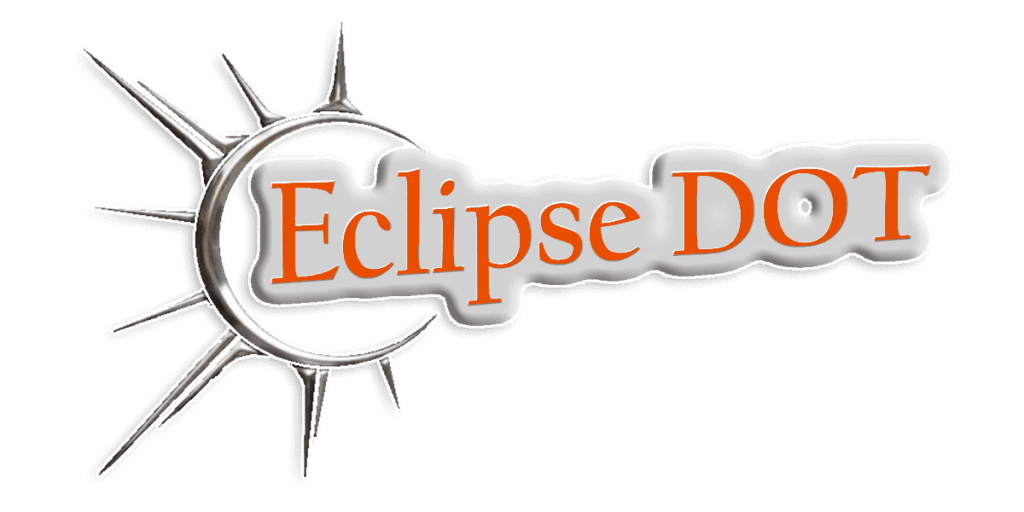Importance of DOT Audits
A huge federal agency like the Department of Transportation (DOT) can’t keep track of every compliance action that transportation companies take in real time. Instead, they periodically check your compliance through DOT audits. These audits are essential for ensuring that transportation companies adhere to safety regulations and standards.
Frequency and Triggers of DOT Audits
DOT audits can happen with very little warning, meaning transportation companies must always be prepared. In recent years, DOT audits have increased, largely due to the Federal Motor Carrier Safety Administration (FMCSA) implementing a digital safety measurement system (SMS). The SMS creates a compliance score based on data from roadside inspections and weigh stations, allowing the FMCSA to monitor safety performance more efficiently and identify companies that might need closer scrutiny. If your compliance score falls below acceptable standards, you may be subject to a DOT audit to ensure that you are meeting all regulatory requirements.
During a DOT Audit
During a DOT audit, auditors will review various aspects of your operations. This includes examining your safety management practices, vehicle maintenance records, driver qualifications, hours-of-service logs, and drug and alcohol testing programs. The goal is to verify that your company is complying with all relevant safety regulations.
Being prepared for a DOT audit involves maintaining accurate and up-to-date records. Ensure that your safety policies and procedures are well-documented and that all required training for your staff is current. Regularly review your compliance status and address any issues promptly to avoid potential penalties.
Types of DOT Audits and Their Triggers
There are four main types of DOT audits, each triggered by different circumstances. Understanding these can help you be better prepared and maintain compliance with DOT regulations.
Compliance Reviews
Compliance reviews are the most common type of DOT audit. These audits are often triggered by indicators of poor performance, hence they are sometimes called targeted DOT audits. Several factors can lead to a compliance review, including:
- Poor SMS Score: A low Safety Measurement System (SMS) score, based on data from roadside inspections and weigh stations, can indicate safety issues, prompting an audit.
- High Crash Rate: A high rate of crashes involving your vehicles can trigger a compliance review to ensure safety regulations are being followed.
- High-Profile Accidents: Serious accidents, especially those that draw public attention, can lead to a DOT audit to investigate the circumstances and compliance status.
- Citizen Complaints: Complaints from the public about your company’s operations can also prompt a compliance review.
- Random Reviews: Besides targeted audits, the FMCSA occasionally performs random compliance reviews to ensure general adherence to safety standards across the industry.
New Entrant Audits
New carriers entering the transportation industry are subject to new entrant audits. These audits usually occur within the first six months of starting operations. The purpose is to ensure that new carriers are following safety regulations right from the start. During a new entrant audit, the FMCSA reviews the carrier’s safety management practices, including driver qualifications, hours-of-service logs, vehicle maintenance, and drug and alcohol testing programs.
Security Audits
Security audits focus on ensuring that carriers are following the necessary security measures, particularly if they are transporting hazardous materials. These audits are conducted to check compliance with security plans and training requirements.
Hazardous Materials Audits
Hazardous materials (HazMat) audits are conducted for carriers that transport hazardous materials. These audits ensure compliance with the specific regulations related to the safe transport of hazardous materials, including proper labeling, packaging, and handling procedures.
Preparing for DOT Audits
To be prepared for any of these audits, it’s essential to maintain accurate and up-to-date records. This includes:
- Safety Policies and Procedures: Ensure all safety policies and procedures are well-documented and accessible.
- Training Records: Keep thorough records of all required training for your staff.
- Maintenance Logs: Maintain detailed vehicle maintenance records.
- Driver Logs: Ensure driver logs are complete and compliant with hours-of-service regulations.
- Drug and Alcohol Testing Programs: Keep records of all drug and alcohol testing procedures and results.
Simplifying DOT Compliance
DOT rules can be complex, and surprise audits can happen at any time. Therefore, it’s a good idea for carriers to regularly review a DOT compliance checklist. This helps them find all the necessary paperwork they need to follow DOT rules and make sure they’re not missing anything important. It’s like doing a safety check on their paperwork to stay on top of things and avoid any surprises during an audit.
Discover our CDL & DOT Compliance articles for an exclusive trial at DOTDocs.com. Also, claim your FREE micro audit at THE ECLIPSE DOT MICRO AUDIT. Ready for smoother operations?







One thought on “What Is a DOT Audit, and When Does It Happen?”
Your point of view caught my eye and was very interesting. Thanks. I have a question for you.